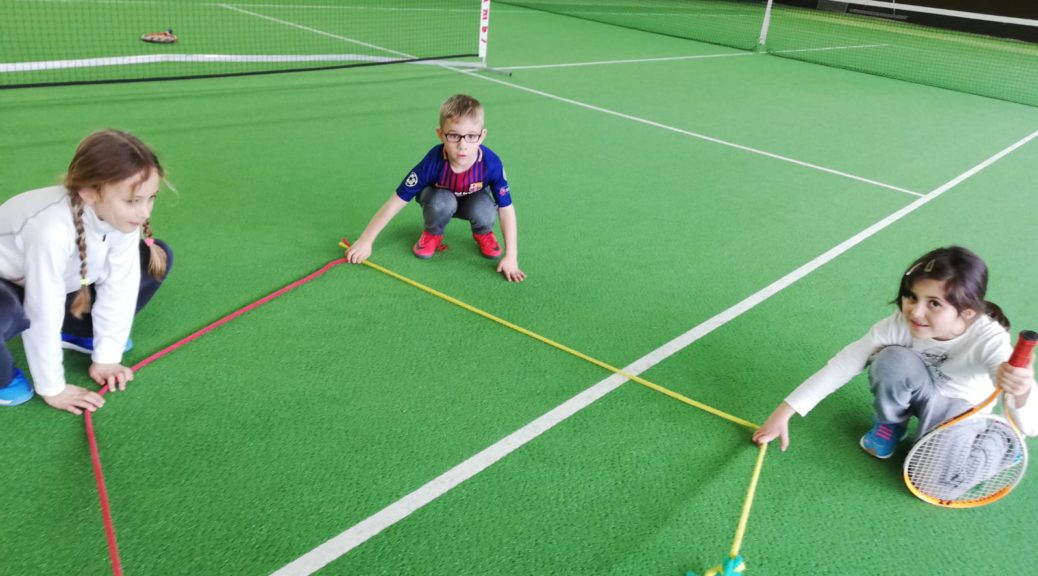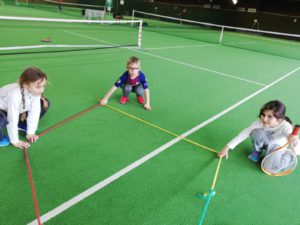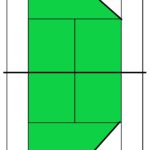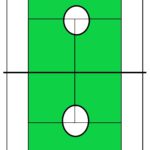„Wozu wiederholen wir etwas, wenn es eh nicht wiederkommt?“
Ein Gespräch von spieleröffnung.podcast mit Prof. Dr. Wolfgang Schöllhorn über effektive Alternativen zum traditionellen Wiederholungstraining.
In vielen Sportarten ist differenzielles Lernen längst, wie selbstverständlich, in die tägliche Trainingsarbeit zur Technik- und Taktikentwicklung integriert. Das Wiederholen von Bewegungsabläufen bis zum Einschleifen einer vermeintlichen Idealtechnik hat ausgedient. Leider gibt es speziell zum Tennis wenige Studien über die Auswirkungen des differenziellen Lernens. Im Gespräch kann Wolfgang Schöllhorn aber den Transfer in den Tennissport und in die tägliche Trainingsarbeit auf verschiedenen Leistungsniveaus verständlich machen.
Viele Begriffe und Beschreibungen sind sehr wissenschaftlich und für den Neuling nicht gleich nachvollziehbar. Ich empfehle Euch deshalb einen Blick in die zahlreichen Artikel zum Differenziellen Lernen auf diesen Blog.
https://www.tms-tennis.de/inner-coaching/?s=differenzielles+lernen





